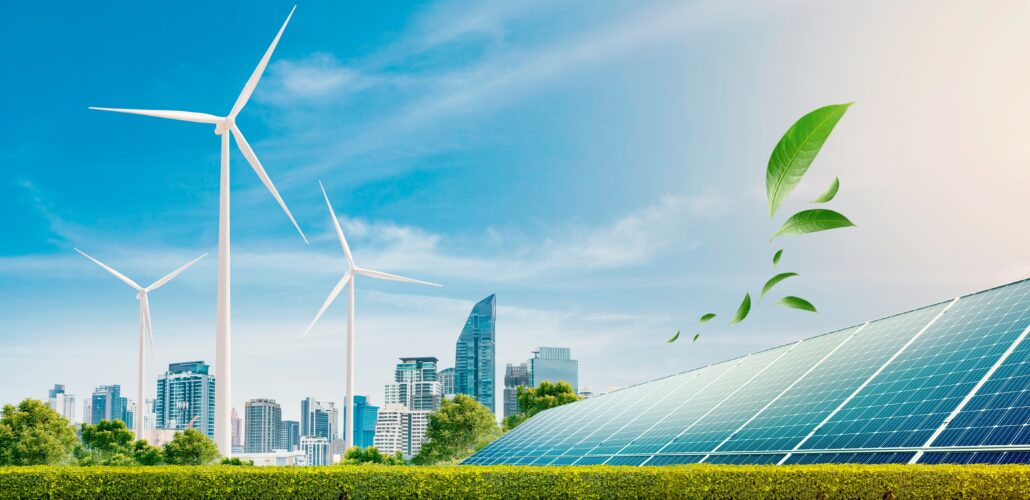Renewable Energy: A Mixed Picture for 2030
Reducing permitting times is critical, with the average time for wind and solar projects currently standing at seven and five years.

Image for illustration purposes.
The International Energy Agency‘s (IEA) latest report on renewable energy paints a mixed picture for the future of clean energy. On the one hand, the report forecasts that renewables will generate almost half of the global electricity demand by 2030, with the world edging closer to the COP28 target of tripling renewable energy capacity by the end of the decade. This is a significant milestone, with the world set to add 5.5 TW of new renewable energy capacity by 2030 – equivalent to the current power systems of the United States, China, the European Union, and India combined.
However, the report also highlights the challenges facing the industry. Renewables are moving faster than national governments can set targets for, and dedicated policy support is needed to address the issues facing the sector. One of the biggest hurdles is grid constraints, with an estimated 1700 GW of new capacity not being utilised due to grid limitations.
The report also highlights the importance of renewable fuels, which are increasingly seen as an option to reduce greenhouse gas emissions in sectors that are difficult to electrify. However, the IEA warns that these fuels lag behind other forms of renewable energy and need dedicated policy support.
Source: IEA
#COP28#Country-specific approach#Doubling energy efficiency#Emissions reduction#Energy costs#energy efficiency#energy security#energy storage#energy transition#Global electricity demand#Granular approach#IEA#International Energy Agency#Power grids#Renewable capacity#renewable energy#Renewable energy growth#solar energy#Tripling target#wind energy



